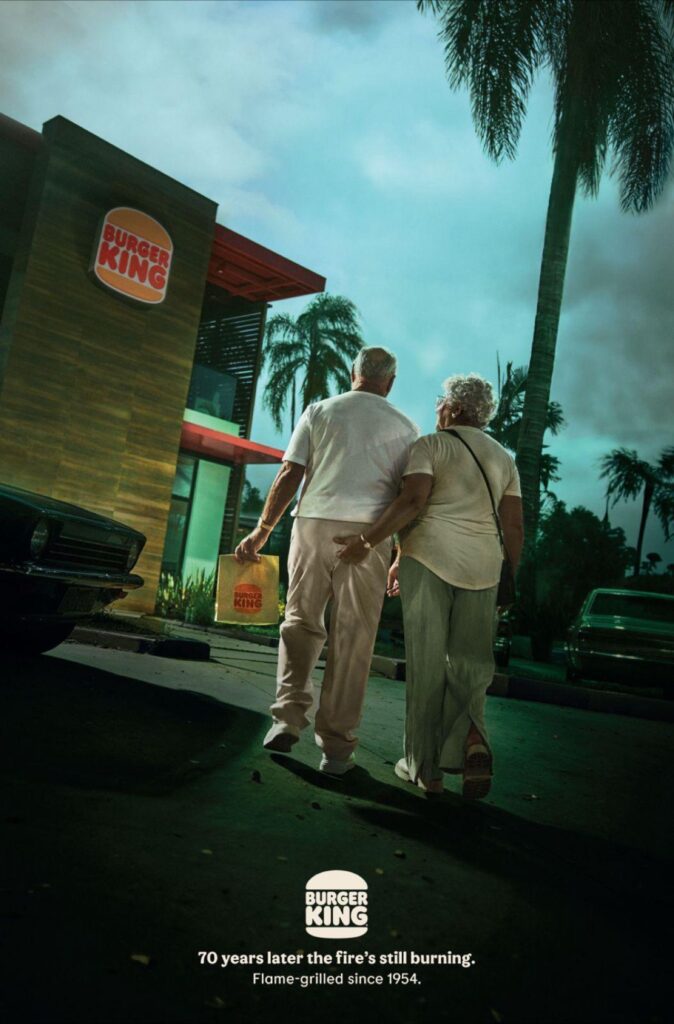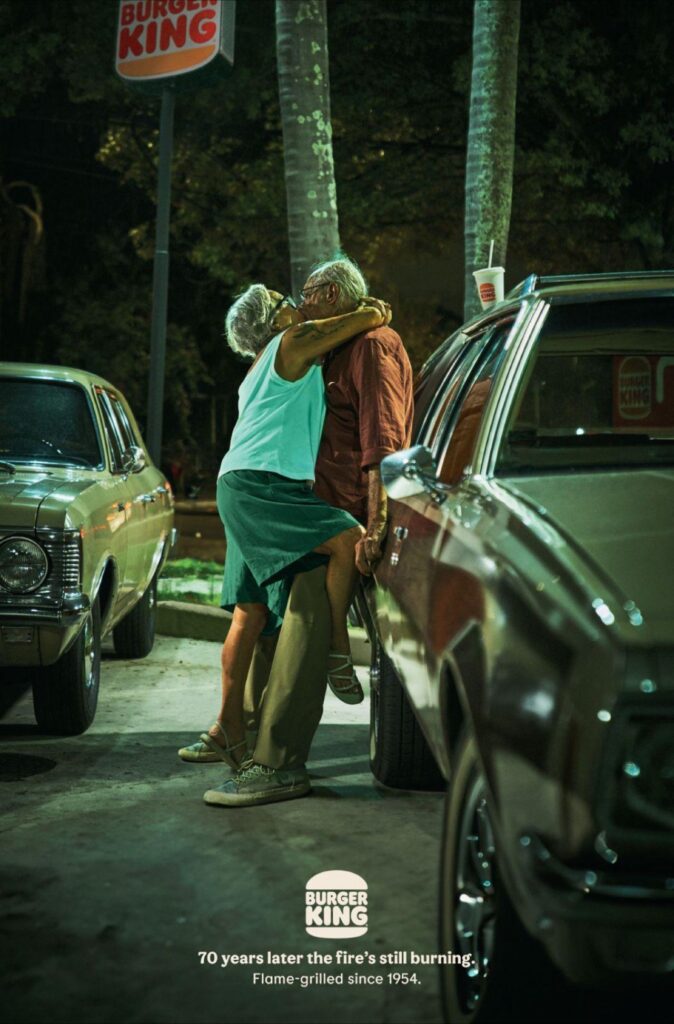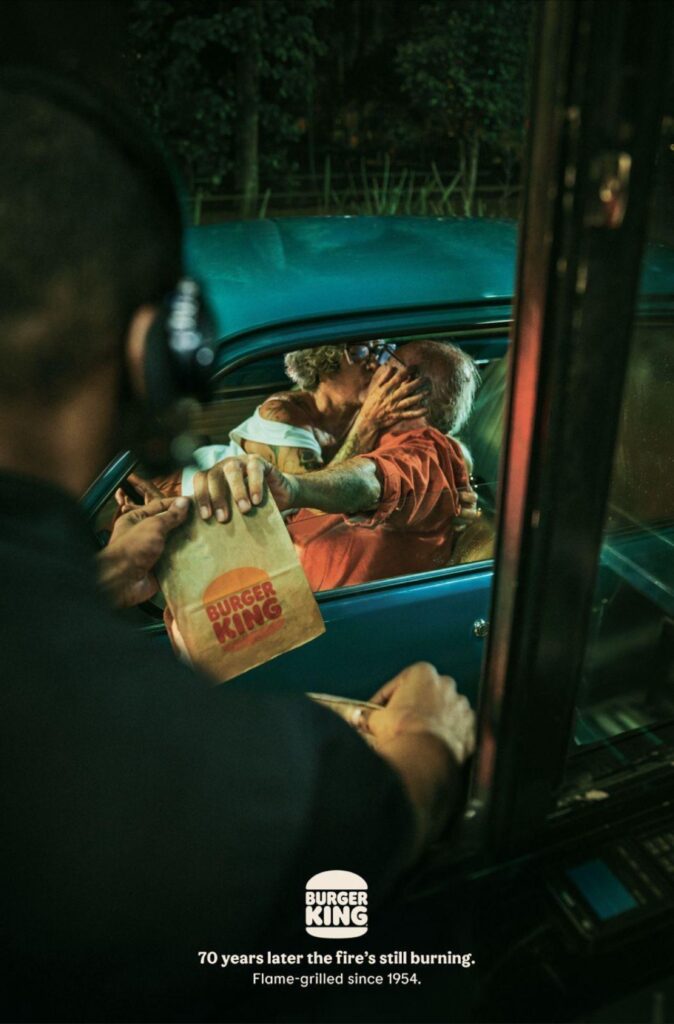Silver marketing – what should communication to people aged 50 and over look like?
What do you think of when you hear the word “senior citizen”? What appears before your eyes is an elderly person with health ailments who spends his or her days sitting in a rocking chair on the veranda – or an active, energetic person who travels, tries new hobbies and tries to enjoy life as much as possible? These days, the latter image is definitely much more real. For this reason, people over 50 are increasingly being referred to not by the word “senior”, but “silver” (from graying hair). And since the perception of the elderly is changing, it is obvious that the way of communicating with this age group must also change – this is how silver marketing was born. Below, we will take a closer look at this phenomenon, analyzing the communication needs and expectations of 50+ people.
Silver marketing – what does it consist of?
Silver marketing, mature marketing, 50+ marketing – such terms are used to describe marketing activities relating to people aged 50 and over. Since there is no upper age limit for this group, it should be emphasized that silvers are very different in many respects: for in a different situation (professional, family, health, etc.) is a person who has just turned 50 (still professionally active and usually full of strength), and in a different one – an eighty-year-old, who already, unfortunately, often faces more health problems. These characteristics determine their daily life, and thus also their purchasing decisions.
Therefore, note that this group includes silvers:
- on the job (50-65 years old),
- Those actively enjoying a pension (65-80 years old),
- The elderly (over 80 years of age).
Silver marketing vs. generational marketing – are they the same thing?
Are silvers the same as the oft-cited millenials, zetas and alphas? No, silver marketing is not a form of so-called generational marketing, for which common experiences (historical, economic, cultural, etc.) linking people born in a similar time frame are important. In the case of silvers, on the other hand, what matters is the age crossed, which means that at the moment we include baby boomers and people from Generation X in this group, but in 20 years we will do it with current millenials.
Thus, the marketing approach, channels used, methods of outreach, etc. will (or at least should) evolve with the new generations entering the “older age.“ Companies targeting people in this group will definitely need to keep the above relationship in mind and adapt their communications to the lifestyles, needs and expectations of the “modern” silvers for them.
Why is silver marketing growing in popularity?
The answer to this question is simple and certainly won’t surprise anyone: because the population is aging. According to the United Nations, already in 2018 the number of people 65 or older in the world surpassed the number of children under the age of five for the first time. It is predicted that by 2050, there will be more than twice as many people aged 65 or older worldwide as there will be children under the age of five. At the same time, the number of people 65 or older worldwide will be almost the same as the number of children under the age of 12. Poland will then be one of the European countries with the highest rate of old age, and people over 65 will make up more than 30% of the country’s population (!).
Population aging – particularly visible in the European market (but not only) – is the result of many diverse phenomena and processes: starting with the level of social welfare, health care and wealth, through a different family model (later motherhood, fewer marriages, women’s labor force participation, etc.), and ending with changes in consumption needs. For years, this situation has alarmed countries and international organizations in terms of the related economic consequences, but at the same time – it opens new doors for business to provide products and services tailored to the needs of the elderly.
And the products and services must be followed by marketing activities and communications that will entice them to take advantage of the offer. However, it is important in this regard to keep in mind that silvers have their own characteristics, as well as different needs and expectations from younger generations – and to adapt the activities implemented to them.
What distinguishes the silver generation?
Grandmas and grandpas sitting at home, waiting for family members to visit? No, the reality is no longer like that, which is related to many sociological changes (especially the fact that grandchildren are arriving later and later, or not at all). Ailing, lacking energy? Nothing of the sort – a study conducted by research and strategy agency Atena Research & Consulting on behalf of integrated marketing agency Communication Unlimited shows that 93% of silvers (people aged 50-70) feel more than 10 years younger than they really are. What’s more,
- 51% of people over 60 are still working (taking casual jobs),
- 63% exercise, take care of themselves and eat healthy,
- 93% think time for themselves is important, and 64% think they have time for themselves now
- 68% like to do a variety of things, constantly trying something new,
- 68% say their financial situation is stable (which certainly helps them pursue their passions or dreams).
It is also significant that 97% of those surveyed have experience with online shopping, and one in four shop online at least once a week. What’s more, according to the “Adults’ Media Use and Attitudes Report 2020/21” prepared by Ofcom:
- 70% of people aged 55-64 correctly identify Google search ads, and 58% of people in the 65+ age group correctly identify Google search ads,
- 73% of people aged 55-64 have a social media account,
- 59% in the 65+ age group have a social media account.
Thus – contrary to what it may seem – online and social media advertising can be (with proper education) a good channel to reach this group. However, what is necessary? That advertising creations aimed at this group show people like them – such a need was indicated by nearly 60% of respondents in the SilverWave agency survey. This lets silvers know that the message is aimed at them and they have no reason to feel excluded or left out. An “age-positive” message is also important, which – fortunately – can be seen more and more often in ads or social media creations.
Find out where and what this target audience is saying about your brand: click here to schedule an appointment and activate your free SentiOne demo.
Silver marketing – examples of campaigns and creations
At the very end, we present 3 marketing creations that have recently appeared in the online space and have been very positively received by the audience.
1) “70 years later the fire’s still burning” – Burger King campaign
It could have been a simple campaign full of self-congratulation to celebrate 70 years in the market. Burger King, however, went a step further. Not only did it use a pair of 70-year-olds in its anniversary ad, but it appealed to a certain taboo – their emotional and sexual lives. The protagonists were depicted as a couple in love showing affection (not only love, but also lust) for each other in a public space.



Source: Room23
The authors of this creation (a Buenos Aires-based marketing agency) pointed out that “the old flames keep their perverse passion alive after all these years as hot as the first day, just as Burger King has been grilled in flames since 1954.” The analogy is extremely apt and the creator of this slogan should definitely be commended, as Internet users in the comments maintain:
![]()


2) Go out on the town with the girls? Priceless – Mastercard commercial
There is probably no person who does not associate the slogan “Priceless. You’ll pay for everything else with your Mastercard” and the creations alluding to it. Recently, however, the brand has gone a step further, appealing to the oldest age group in its post:

The above advertisement was very positively received by the public because of the use of a photo of elderly women in different situations than has been done before – as part of showing that at this age one still wants to, colloquially speaking, enjoy life, since age is just a number. Breaking down images of senior women as grandmothers with glasses sitting at home and ailing? The Internet definitely likes it!
3) “Seniors” have FIRE in them – Clipper brand campaign
How can a brand that is a manufacturer of lighters get into silver marketing? All it takes is a few steps: organize a year-long campaign, make an energetic, adventurous 65-year-old man the hero of the campaign, and ensure that the brand’s products accompany him in various life situations that happen to him. And all this under the slogan “Old but fire”, perfectly suited to both the hero and the brand. The result? Visible on the channel on YT in the form of 10 episodes:
OLD BUT FIRE! – meet our grandfather!
The brand shared the interest in the campaign among Internet users: The videos have collectively been viewed more than one million times, and the average percentage of views of each video on YouTube exceeds 95%. Such results underscore that the funny content was well received by them.
Of course, these are just selected examples of creations created with the silver generation in mind, which have appeared online over the past few months. Silver marketing itself is nothing new, as this type of activity has already been carried out by C&A (as part of its Nude for all – Tribe Lingerie collection), Sephora (The Unlimited Power of Beauty campaign featuring Polish actress and model Helena Norowicz) or British charity Relate (Let’s Talk The Joy of Later Life Sex campaign), among others. However, it is encouraging to see the trend that older people are increasingly visible in marketing creations, and their needs, expectations and situations addressed – and in a different way than in ads for drugs for back pain and other health ailments.
Silver marketing – summary
The McCann report “Truth About Age” shows that more than 60% of people aged 70+ have a positive view of aging – marketers should be aware of this and change their thinking in this direction. This is all the more important because it is often said that the silver tsunami we will no longer be able to stop. And if you can’t stop it, then you need to adapt – starting with understanding the specific needs and expectations of older generations, which are completely different from younger ones.



